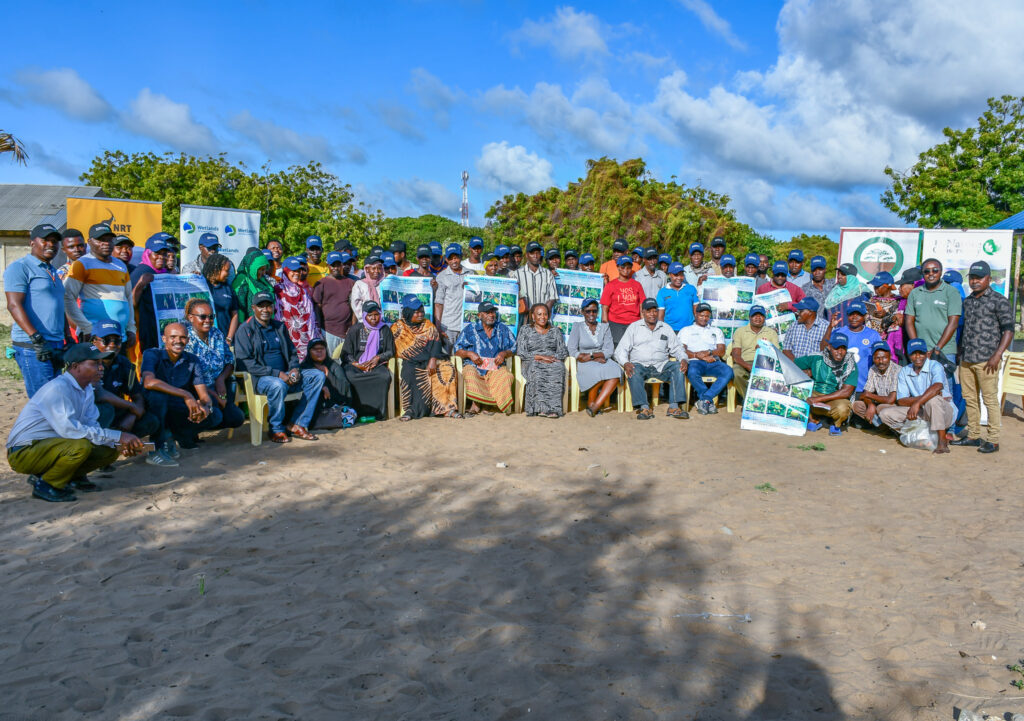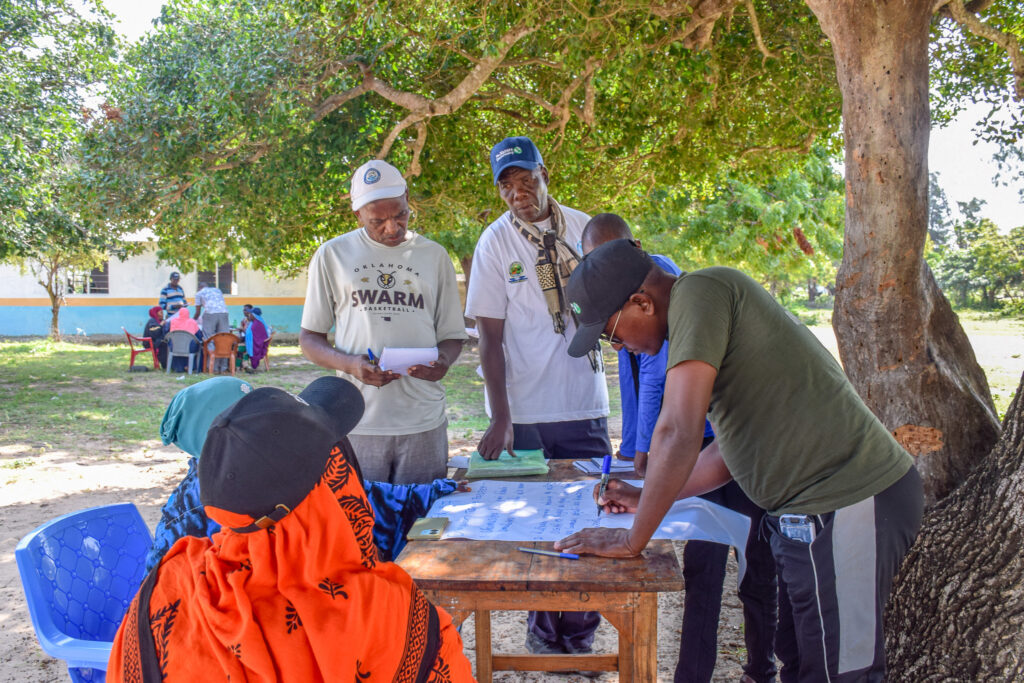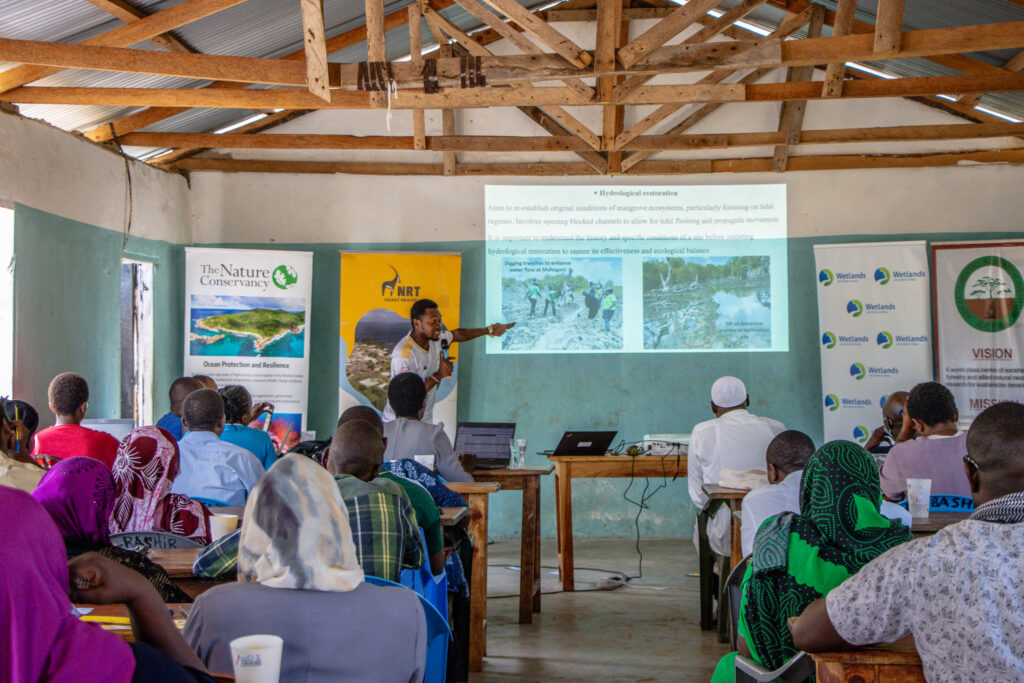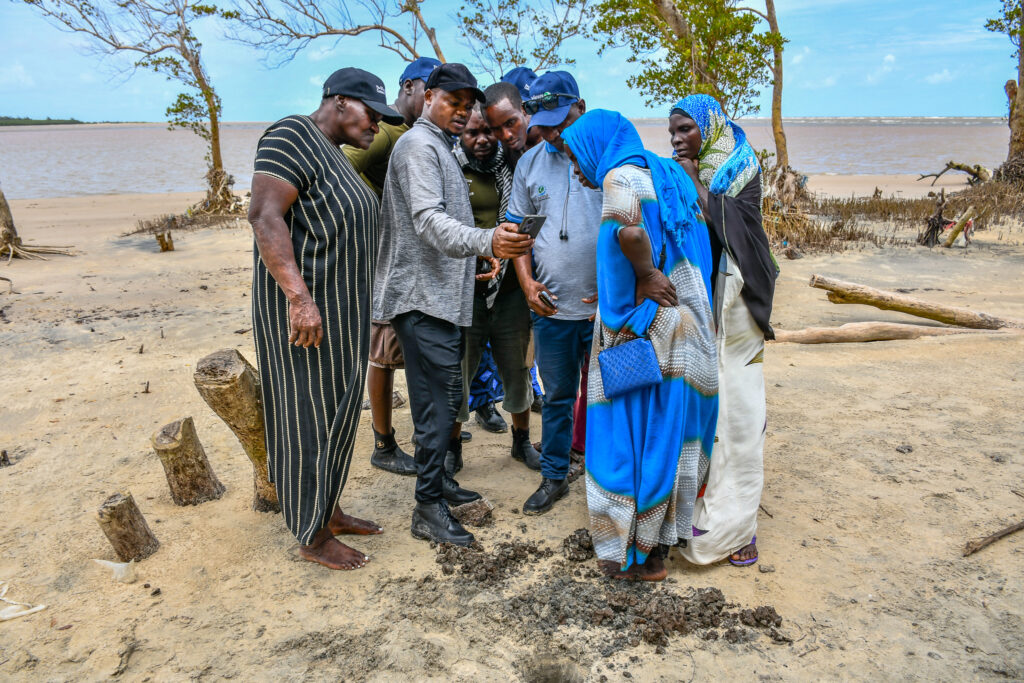
Restoring Mangroves the Smart Way: The Power of Community-Based Ecological Mangrove Restoration (CBEMR)
Mangroves are the beating heart of Kenya’s coastal ecosystems. From the inlets of Lamu to the shores of Vanga, these tidal forests protect coastlines from storms, shelter juvenile fish and crabs, and lock away more carbon than most tropical rainforests. For the fishing communities of Tana River County, they are both a lifeline and a legacy.

Yet over the years, overharvesting, clearing for salt pans and aquaculture, and blocked tidal flows from poorly planned infrastructure have left large areas degraded. Traditional restoration efforts often involving mass planting of seedlings have produced mixed results, with many projects failing because the underlying causes of loss were never addressed.

That’s where Community-Based Ecological Mangrove Restoration (CBEMR) is making a difference. Instead of rushing to plant, CBEMR begins with understanding why a mangrove area was lost in the first place. It is a process rooted in science but led by the people who depend most on these forests.
The Tana River Training
In Kipini, a quiet fishing hub at the mouth of the Tana River, Wetlands International Eastern Africa, The Nature Conservancy, KEFRI, and the County Government of Tana River brought together fishers, women’s groups, youth associations, and local administrators for a week-long CBEMR training.
The mornings were spent in lively classroom sessions discussing the role of mangroves in coastal protection, biodiversity, and livelihoods. Participants learned how to read the health of a mangrove forest measuring soil salinity, mapping degraded areas, and understanding species preferences for different tidal zones. They also discussed governance: how communities could organise themselves to manage restored sites fairly and sustainably.

Afternoons took the learning into the field. Trainees waded through mudflats to assess degraded patches, measured tidal flows to identify where water movement had been blocked, and worked together to clear channels so salt and fresh water could once again mix naturally. In some sites, they saw how mangroves were already regenerating on their own once hydrology had been restored—proving that sometimes the best thing to plant is nothing at all.

Why Local Leadership Works
One of the training’s strongest outcomes was the network it built. Participants shared not only technical skills but also the lived knowledge passed down through generations—when tides are highest, where crabs breed, which mangrove species survive storms best. This blend of local and scientific knowledge ensures restoration plans are grounded in reality, not theory.
With restored mangroves come restored livelihoods. Fish stocks improve, crab harvests grow, and natural barriers protect villages from flooding. In turn, communities have a powerful incentive to maintain what they have restored.
From Training to Transformation
The Tana River CBEMR training is part of a wider effort to shift mangrove restoration in Kenya from one-off planting events to long-term ecosystem recovery. It is already inspiring similar work in Lamu, Kilifi, and Kwale, building a national movement that treats mangroves as both environmental and economic assets.

By tackling the root causes of degradation, restoring tidal flows, and giving communities the tools and authority to protect their blue forests, CBEMR offers a pathway to mangroves that can thrive for generations. The experience in Kipini shows that when people and nature work side by side, recovery is not just possible it’s inevitable.
